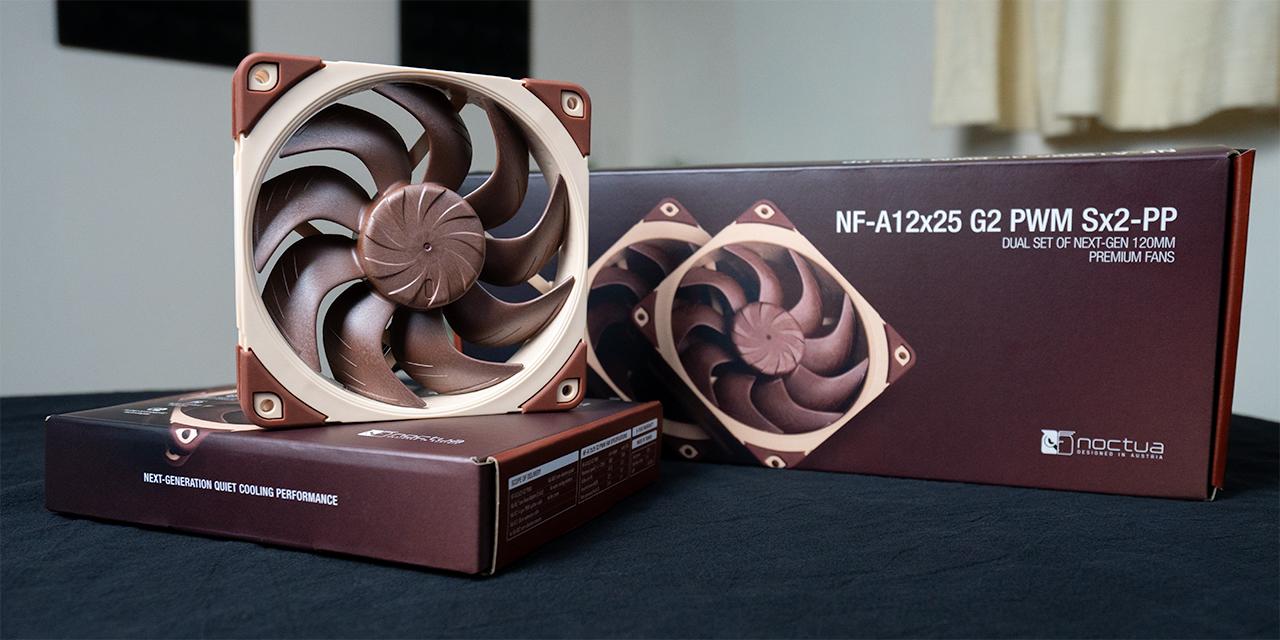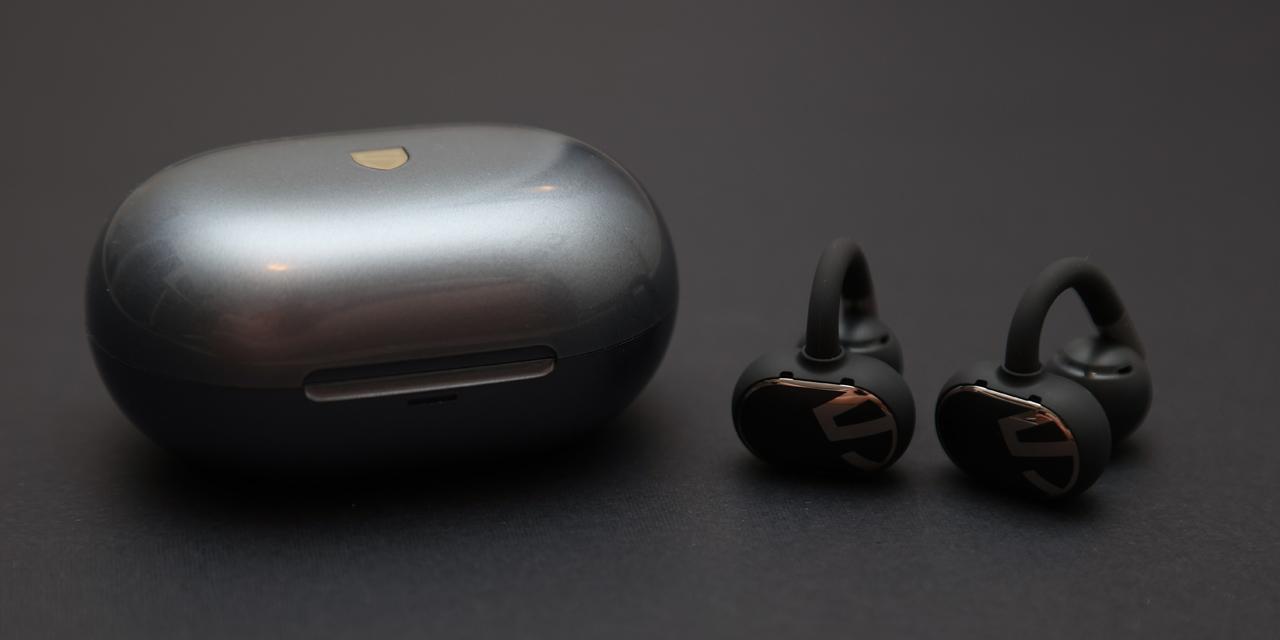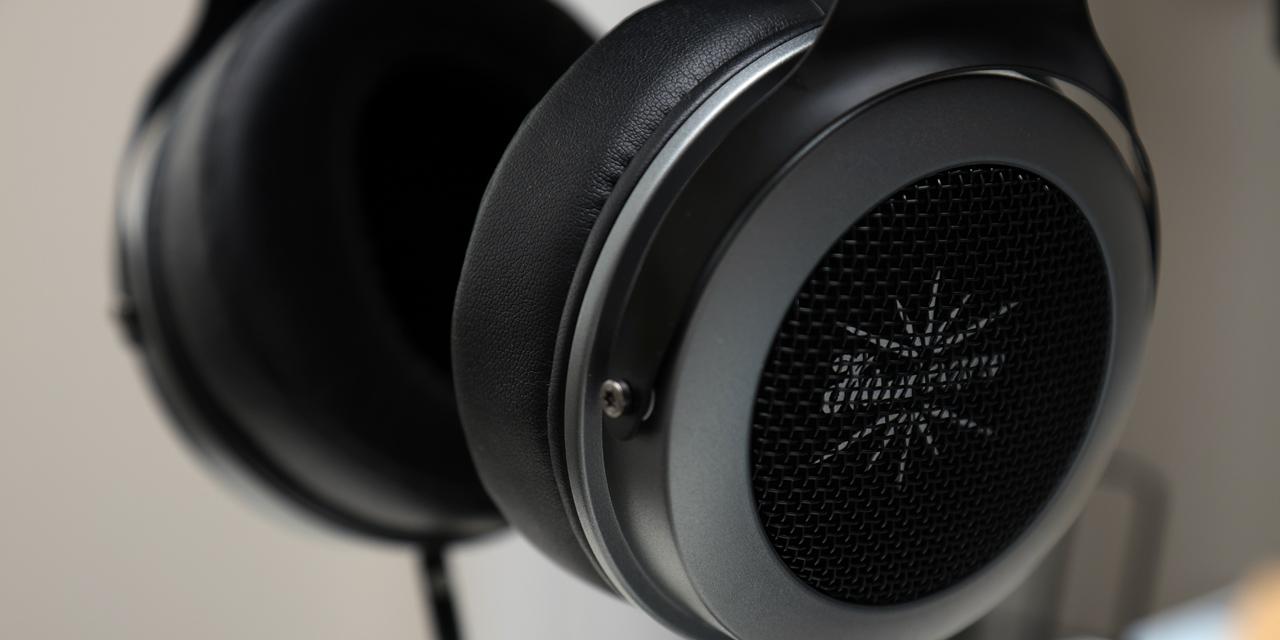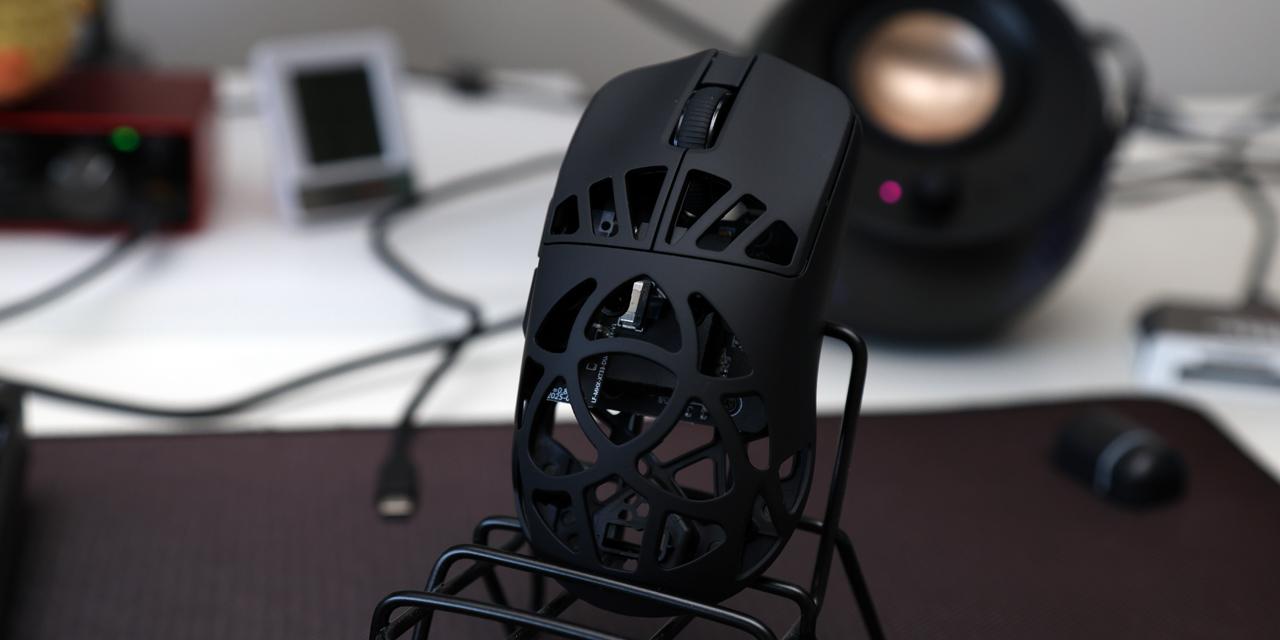|
From X-bit Labs: Intel Corp.’s next-generation Core i-series “Haswell” microprocessors are half a year away, but the first test results of what is claimed to be an engineering sample have already emerged. The chip has been allegedly tested in a set of benchmarks popular among overclockers and appears to be a tad faster than the Core i7-3770K at the same clock-speed. OClab.ru, a Russian web-site dedicated to overclocking, has published what it claims to be the first test results of an engineering sample of quad-core Intel Haswell processor clocked at 2.80GHz. The chip was tested in SuperPi 1M&32M, PiFast, wPrime 32M&1024M on an unknown mainboard under Microsoft Windows 7 64-bit operating system. The obtained benchmark results could not be verified and it is unknown whether they are accurate. As it appears based on the findings of the enthusiasts, Haswell is slightly slower than Ivy Bridge on the same clock-speed in single-threaded SuperPi 1M, but is noticeably faster (11 minutes 27.505 seconds) compared to its predecessor (11 minutes 49.094 seconds) in long SuperPi 32M. In multi-threaded PiFast benchmark Intel Haswell (24.01 seconds) reportedly again managed to leave Ivy Bridge (25.5 seconds) behind while operating at the same clock-speed of 2.80GHz. In wPrime 32M the forthcoming Haswell chip showed better (13.86 seconds) results than the down-clocked Ivy Bridge chip (13.97 seconds); the results in longer wPrime 1024M benchmark were predictable: Haswell chip managed to finish the job in 431.171 seconds, less than a second faster than the Core i7-3770K at 2.8GHz. The assumed performance difference between Intel Core “Haswell” and Intel Core “Ivy Bridge” processors at 2.80GHz can be logically explained knowing certain peculiarities of Haswell micro-architecture, which is better optimized for multi-threaded applications. Unfortunately, it still remains to be seen what benefits Haswell will have in real-world applications. View: Article @ Source Site |
 |
First Alleged Benchmark Results of Intel Haswell Processor Hit the Web
© Since 2005 APH Networks Inc. All trademarks mentioned are the property of their respective owners.





